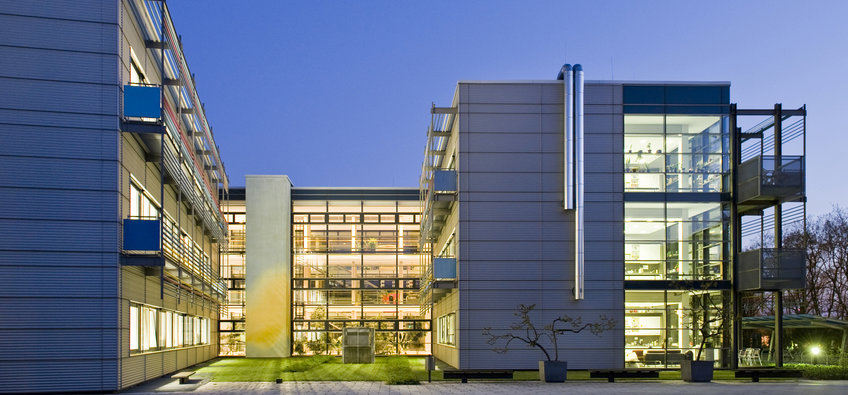
Max Planck Institute of Colloids and Interfaces
Tiny apatite crystals in bones, vesicles formed out of membranes, pores in membranes for fuel cells and microcapsules as vehicles for medical drugs – all these are structures that are larger than an atom, yet too small to be seen with the naked eye. These are the kinds of nanostructures and microstructures that scientists at the Max Planck Institute of Colloids and Interfaces examine and create. The structures are often colloids – tiny particles in a different medium – or interfaces between two materials. Many of the structures can be found in nature. The scientists at the Potsdam-based Institute endeavour to understand how they are composed and how they work in order to imitate their behaviour in new materials or in vaccines, for example. Understanding the function of these structures can also help to identify the causes of certain diseases that occur when the folding of membranes or the transport of materials in cells fails to work properly.
Contact
Am Mühlenberg 114476 Potsdam-Golm
Phone: +49 331 567-7814
Fax: +49 331 567-7875
PhD opportunities
This institute has an International Max Planck Research School (IMPRS):
IMPRS on Multiscale Bio-SystemsIn addition, there is the possibility of individual doctoral research. Please contact the directors or research group leaders at the Institute.








